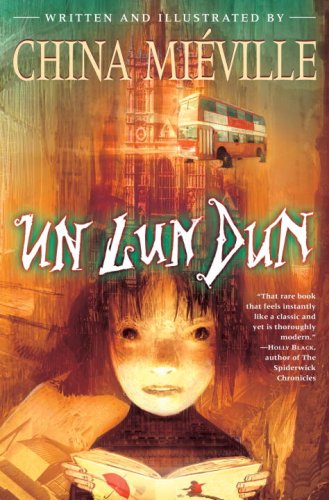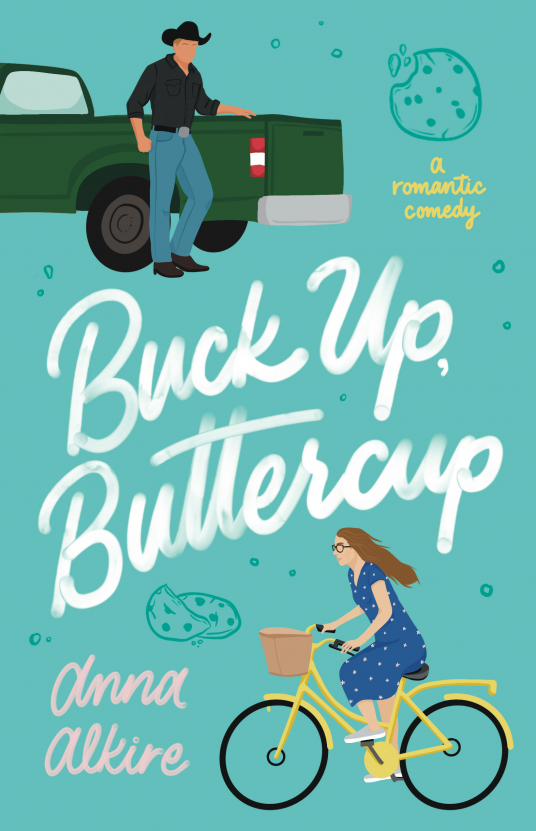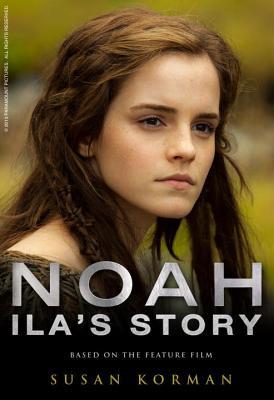Little by little, Zanna is welcomed as a long-awaited hero whose exploits will save UnLondon in a war to come soon. But even with a talking book filled with prophecies about her and all kinds of signs proclaiming her the Shwazzy, Zanna proves unequal to her first encounter with the enemy: the dark, hungry intelligence known, for surprisingly straightforward reasons, as the Smog. Since air quality standards were passed in the U.K., London’s heavy and sometimes deadly smog has become a thing of the past. Which, don’t you know, makes it a very current thing in UnLondon, where enough of it has accumulated, with who-knows-what chemical ingredients, to form a conscious mind bent on burning, inhaling, and absorbing the knowledge in everyone and everything, everywhere. Only the Shwazzy can stop it, says the Book; but even the Book is at a loss when Zanna is defeated, and nearly dies, in her first battle against the Smog.
To Deeba’s relief, the girls go back to their own London, and a ruse to draw the Smog’s evil tendrils out of Zanna’s lungs works, saving the Shwazzy to fight another day. Only… all her memories of UnLondon seem to have gone out with the smoke in her lungs. Deeba realizes that only she knows about that other world, and that she can’t talk about it with anybody—especially Zanna. And then Deeba discovers that UnLondon is in more trouble than anybody suspected, and somebody has to go back. Who else is there but Deeba herself?
And so saving UnLondon from the fiendish plans of the Smog and its creatures becomes a quest for the Un-Chosen One. And when none of the authorities in UnLondon will believe what she has found out about the Smog and his allies, Deeba has to go it alone, on the run from friend and foe alike. With a no-nonsense attitude united to a warm and gentle heart, Deeba wins over a strange and unexpected group of companions, and follows a totally unconventional strategy—even by the standards of a city built on weirdness and whimsy. It is, after all, a city with flying buses, ghosts, giant insects, words come to life, a man with a caged bird for a head, and sun with a hole in its center, like a doughnut.
It has a Gothic church haunted by black windows (eight wooden legs and a snapping sash window). It has a band of stealth fighters disguised as trash cans (known locally as binja). It has a boy who can pass through walls, a bus conductor who can also conduct electricity, a man who wears clothing made out of books, and a neighborhood where everybody lives on the rooftops (though, to be on the safe side, the buildings are only a few inches tall). These are only a sample of the wonderful oddities Deeba finds in UnLondon, but oddest of all… she is the one the Smog fears most.
I won’t spoil this remarkable and exciting book any further. It is enough to know that it holds a distinguished place among the growing band of books set in “other Londons,” and such places. British author China Miéville, whose image inside the back flap of this book is almost the exact opposite of what his name led me to expect, considers himself a writer of “weird fiction,” or the “New Weird” (as distinguished from the “Old Weird” of Lovecraft, Bierce, and the like). Many of his books have won awards, including a Hugo Award, two Arthur C. Clarke Awards, and a World Fantasy Award. Other acclaimed titles by China Tom Miéville include The Scar, King Rat, The City & the City, and Embassytown.



